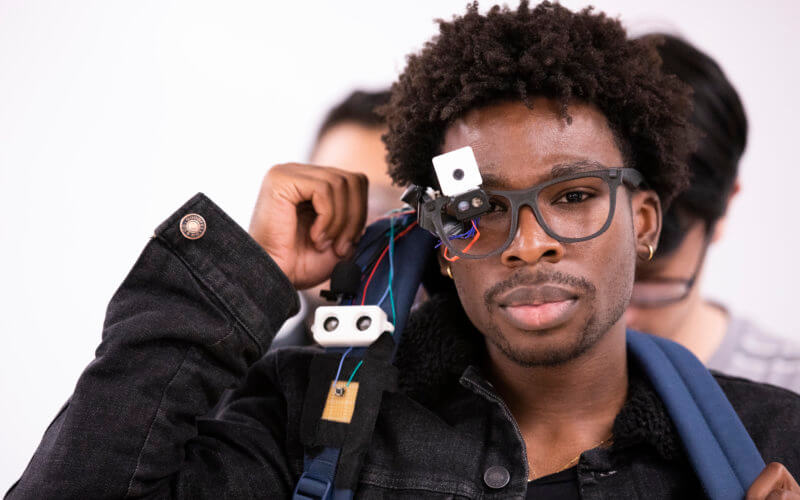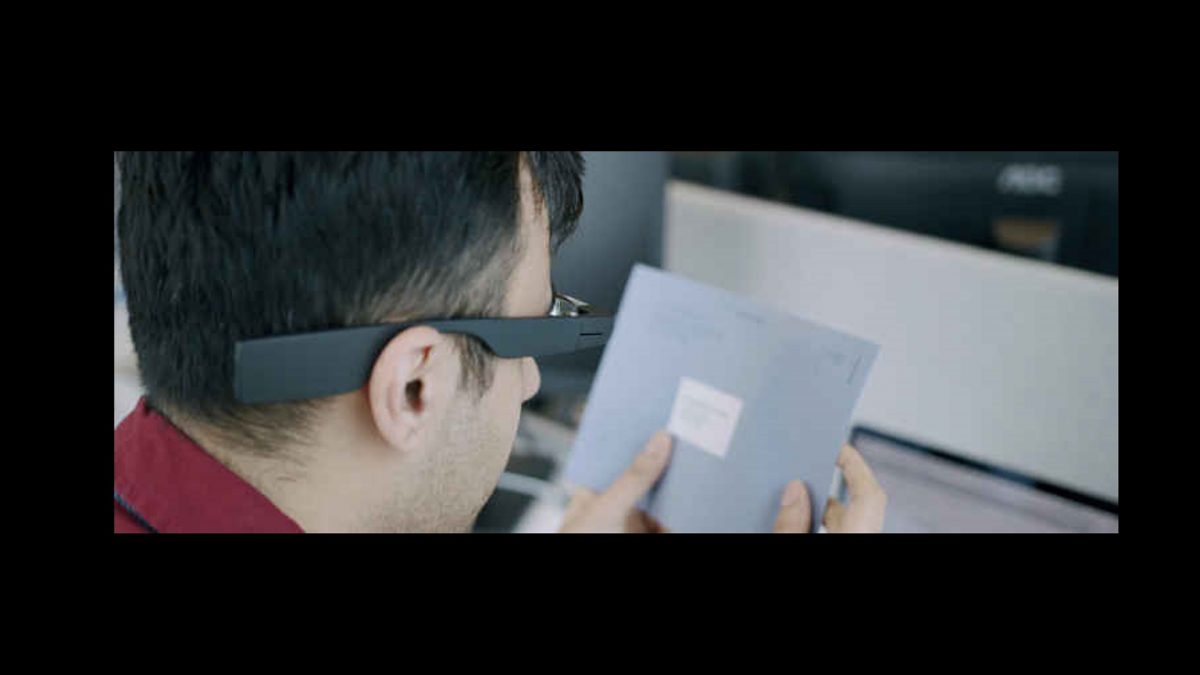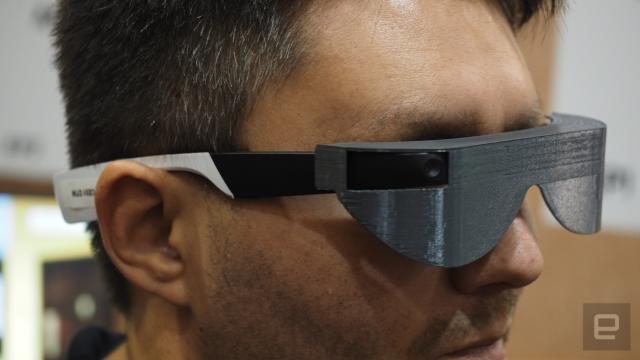Enhancing Availability Via Assistive Modern Technology for the Blind
The integration of assistive technology for the blind represents a pivotal innovation in availability, fundamentally modifying just how people browse their environments and involve with society. As we explore the diverse kinds of assistive tools and their tangible impacts on daily living, it becomes crucial to examine how ongoing technical advancements are improving the landscape of support for the blind area.
Introduction of Assistive Technology
Assistive innovation refers to a series of devices and software application created to boost the abilities of people with impairments, consisting of those that are blind or visually impaired. This modern technology plays a critical role in promoting self-reliance and boosting the lifestyle for individuals. By providing different techniques for accessing info and carrying out everyday tasks, assistive innovation empowers people to browse their environments more efficiently.
The development and application of assistive modern technology embrace a range of principles intended at fostering accessibility. These concepts include user-centered style, which focuses on the needs and preferences of the person, and the combination of modern technology into everyday activities. Such innovations ensure that assistive gadgets are not only useful yet likewise instinctive and very easy to make use of.
In addition, assistive innovation incorporates a diverse range of solutions, from low-tech options like magnifiers to high-tech innovations such as screen readers and Braille screens. The continuous advancement of this area is driven by the demand to attend to the one-of-a-kind difficulties dealt with by individuals with visual impairments (Wearable technology for low vision). As modern technology proceeds to breakthrough, the possibility for enhancing availability and promoting inclusivity stays encouraging, ultimately contributing to a much more equitable society

Types of Assistive Gadgets
Various kinds of assistive devices are available to sustain individuals that are blind or visually damaged, each designed to resolve specific needs and challenges. These tools can be generally categorized into three main types: low-tech, mid-tech, and state-of-the-art services.
Low-tech devices include things such as magnifiers, Braille tags, and tactile maps. These are relatively easy devices that improve the user's capability to engage with their setting without calling for complex technology.
Mid-tech gadgets frequently involve extra advanced features, such as electronic magnifiers and portable Braille note-takers. These tools can provide functionalities like speech result, permitting customers to gain access to information a lot more efficiently.

Impact on Daily Living
The schedule of various assistive devices substantially improves the lifestyle for individuals who are visually damaged or blind, impacting their day-to-day living in extensive methods. By incorporating innovations such as screen viewers, Braille presents, and audio summary services right into their regimens, users obtain better autonomy and self-reliance. These devices promote access to info, enabling individuals to do day-to-day tasks, such as reviewing emails, browsing public areas, and enjoying media content.
Moreover, assistive devices equip individuals to engage more totally in social communications and area tasks. The ability to utilize mobile phones geared up with accessibility attributes permits for smooth interaction and connection with others. Check Out Your URL This connection fosters a sense of belonging and reduces sensations of seclusion.
In professional settings, assistive modern technology supports performance by allowing individuals to total job tasks effectively. Devices like voice acknowledgment software application and specialized magnifying tools enable individuals to participate in the workforce on equal footing with their sighted peers.

Improvements in Technology
Current technical advancements have actually significantly transformed the landscape of devices available for individuals who are blind or visually impaired. The integration of expert system (AI) and maker understanding has actually given surge to applications that enhance navigation and item recognition. For instance, smart device applications can currently make use of AI to recognize and describe surroundings in real-time, supplying individuals with valuable contextual info.
In addition, innovations in haptic modern technology have actually resulted in the advancement of clever canes geared up with sensors that spot obstacles and give responsive comments. This empowers individuals to browse their environment with enhanced confidence and independence. Innovations in text-to-speech software application and braille display screens have actually boosted the availability of electronic material, permitting for seamless communication with various media.
Wearable innovations, such as clever glasses, are likewise making strides in assisting aesthetic disability. As modern technology continues to evolve, the possibility for also more transformative tools remains on the horizon.
Future Trends and Innovations
As innovation swiftly advances, the future of assistive devices for individuals that are blind holds enormous assurance. Advancements in man-made knowledge (AI) and machine discovering are positioned to reinvent the way blind users connect with their environments. AI-driven applications are being try this established to boost things recognition, enabling customers to identify and navigate their environments with better ease and precision.
Moreover, improvements in haptic feedback technology are making it possible for the production of tactile maps and navigating aids that supply real-time details with touch. These innovations not just enhance flexibility yet additionally foster independence. In addition, wearable tools equipped with increased reality (AR) features are emerging, supplying users visual info via eyesight audio descriptions, therefore bridging the void between the digital and physical globes.
In addition, the assimilation of clever home modern technology presents new opportunities for accessibility, permitting individuals to control their living environments through voice commands or smartphone applications. As cooperation between technology designers and the blind neighborhood proceeds, the focus on user-centered style will certainly ensure that future advancements are customized to satisfy the special needs of this population (Wearable technology for low vision). The trajectory of assistive modern technology guarantees an extra empowering and inclusive future for people that are blind
Verdict
To conclude, assistive technology plays an essential role in enhancing availability for people with aesthetic problems. The diverse selection of tools, consisting of display readers and smart walking sticks, substantially enhances day-to-day living and promotes freedom. Continual developments in modern technology and user-centered design ensure that these tools cater effectively to the special requirements of the blind community. As developments development, enhanced inclusivity and empowerment can be prepared for, inevitably improving the quality of life for those influenced by aesthetic disabilities.
The combination of assistive innovation for the blind represents an essential improvement in access, basically altering how people navigate their atmospheres and engage with culture.Assistive modern technology refers to an array of devices and software created to improve the abilities of individuals with specials needs, consisting of those who are blind or aesthetically damaged. Wearable technology for low vision.As technology quickly proceeds, the future of assistive devices for people that are blind holds tremendous promise. The trajectory of assistive technology assures a much more inclusive and empowering future for individuals that are blind
In verdict, assistive technology plays a critical function in boosting access for individuals with aesthetic impairments.